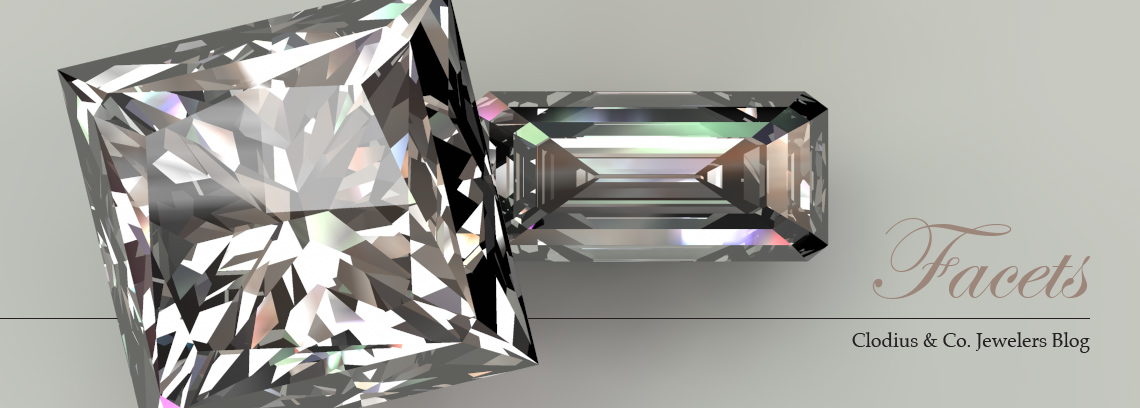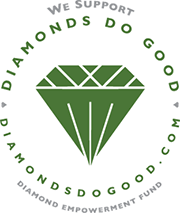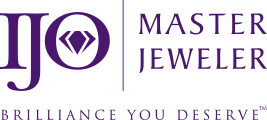Jewelry Blog Rockford, IL
Journalist's Nobel Medal Nets $103.5MM at Auction to Benefit Ukrainian Refugees June 21, 2022
Russian journalist Dmitri Muratov put his 18-karat gold Nobel medal on the auction block last night, with the proceeds benefiting children who have been displaced by the war in Ukraine. Nobel medals rarely come to auction, and until last night the highest price ever paid for one was $4.76 million. Now the record is $103.5 million.
Muratov, the editor-in-chief of the now-shuttered independent Russian newspaper Novaya Gazeta, had already donated his $500,000 cash reward for winning the 2021 Nobel Peace Prize. The melt value of the 175-gram medal is less than $10,000, but the historical and humanitarian significance of Muratov's medal pushed the bidding at Heritage Auctions to more than 10,000 times that amount. The event was streamed live from The Times Center in midtown Manhattan.

The live auction began at 7:26 p.m. EST with the opening bid at $875,000. Over the first 14 minutes, the bids grew gradually in increments of $100,000. When the price hit $10 million, auctioneer Mike Sadler asked for bids in increments of $200,000.

Four bidders — two on the phone and two online — kept the excitement going until the bidding seemed to stall at $16.6 million. But then, at 7:49 p.m, a Heritage Auctions associate holding paddle #303 shocked the auctioneer, Muratov and the live crowd when he stood up to declare his head-turning bid.
At first, Sadler seemed to not quite comprehend what the associate was saying and asked him to take off his mask and repeat the bid. At that point it was clear the winning bid would be $103,500,000. At the conclusion of the auction, Muratov returned to the stage to hug members of the Heritage Auctions team. The identity of the phone bidder was not immediately disclosed.

Just before the auction, Muratov had said, "I will not see this medal again, but I will like to see the future of those people who will benefit from it."
The proceeds will go directly to UNICEF to aid with efforts to support Ukrainian refugees, 90% of whom are women and children and 5.2 million who Muratov classified as needing desperate help. Heritage Auctions waived all of its fees related to running the sale.
Fittingly, the bidding had opened on June 1st, International Children's Day, and concluded on June 20th, World Refugee Day.
Established and financed by Alfred Bernhard Nobel (1833-1896), the Nobel Prize is regarded as the ultimate recognition for contributions to humanity. Nobel wanted to recognize the remarkable achievements of "those who, during the preceding year, shall have conferred the greatest benefit on mankind." Since 1901, Nobel Prizes have been awarded annually for Physics, Chemistry, Physiology or Medicine, Literature, and Peace by the Nobel Foundation.
On the rare occasions Nobel prizes come to auction, the results can be spectacular. In 2014, a bidder paid $4.76 million for the medal earned by James Watson, whose co-discovery of the structure of DNA earned him a Nobel Prize in 1962. In 2017, the family of Watson's co-recipient, Francis Crick, received $2.27 million for his Nobel medal.
Heritage Auctions explained that the Nobel Peace Prize is distinct from the Nobel medals for sciences and literature. Unlike the other prizes awarded in Sweden, the Peace Prize is presented by the Norwegian Nobel Institute. The artistic engravings of the two different medals are distinct, with the Peace Prize more bas-relief than medallic in form. Gustav Vigeland executed the engraving, which since 2012, has been struck by Det Norske Myntverket (Mint of Norway) in Kongsberg.
Prior to the auction, the Norwegian Nobel Institute lauded the sale of a medal for this fundraiser. In a letter of support, Director Olav Njølstad stated, "This generous act of humanitarianism is very much in the spirit of Alfred Nobel. The intended sale is therefore subject to the wholehearted approval of the Norwegian Nobel Committee."
Measuring 66mm in diameter, the Nobel medal is smaller than the Olympic medals (85mm) awarded in Tokyo last summer. But unlike the Olympic medals, which are made mostly of silver and clad with just six grams of pure gold, the Nobel medals are composed of 18-karat green gold plated in 24-karat gold. The Nobel medals contain 75% gold and about 25% silver, with trace amounts of copper.
This type of alloy is often called green gold, but is also known as electrum, a naturally occurring precious alloy that had been cherished by the ancients. According to sciencenotes.org, the Egyptians used the metal for jewelry, ornaments and drinking vessels. In addition, they used the metal to adorn pyramidions (capstones) atop pyramids, dating back as early as the third millennium BC.
Credits: Images courtesy of Heritage Auctions, HA.com. Screen captures via HA.com.
About the Author
With over 250 years of combined experience, our staff truly understands why you purchase jewelry, and what it means to you. Clodius & Co. is known as Rockford's custom jeweler and more. Why? Because we like to get acquainted with our customers while we help them select or create their jewelry.
Other Recent Blog Entries
Gift with Purchase – A Special Valentine’s Offer
New Year, New Jewels: Start 2025 with Sparkling Style
The Enchanting World of Peridot: Discover Its Unique Beauty at Clodius & Co.
Honoring Independence Day with Clodius & Co Jewelry
Celebrate Mother's Day in Style: Inspiring Gift Ideas from Clodius & Co.
Diamonds Unveiled: A Comprehensive Guide to Understanding Diamonds with Clodius & Co.
















